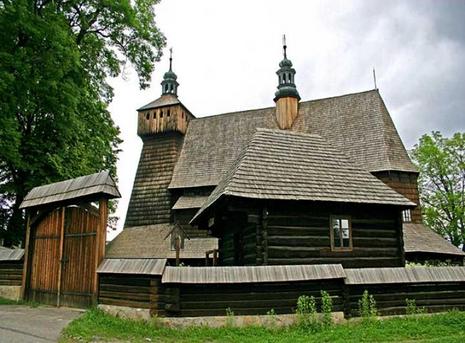MIGRATION FLASH











Having an internal company newsletter is a great way to address employee engagement, communication, and collaboration, but it comes with one catch: you need a wide readership While you can include important articles in a newsletter, getting your employees motivated enough to read it is the extra leap you'll need to take The key to this challenge is to make sure you organize your newsletter wisely
The front page is where you can make a real impression. You can start with a name for your newsletter that resonates with the people working under your wing, while still reflecting the company's brand and identity This page is also where people see what's in the following pages, so making sure that you have interesting headlines lined up in the table of contents can work to your advantage.
 WRITTEN BY MARIA TRIF
WRITTEN BY MARIA TRIF
Polish emigrants in Europe between the 17th and 20th centuries come from several migration waves The first wave were refugees after national uprisings in the 19th century mainly to France, Great Britain, Switzerland, Germany and North America. The second influx was caused by economic emigration in the second half of the 19th century until 1939 (workers mainly to France, Belgium and Germany; peasants to the United States, Canada, Brazil and Argentina) The third wave was emigration as a result of World War II and for political reasons after the war
among the emigrants famous great Poles there were: Adam Mickiewicz, Juliusz Słowacki or Fryderyk Chopin

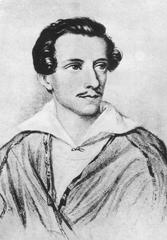
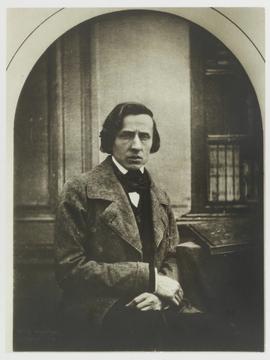
Historical sources say that at that time many Poles came to France because of numerous repressions rom the invaders. In Napoleon's time, at the beginning of he 19th century, about 100,000 emigrants from Poland were recorded in France.
Great Emigration in the first half of the 19th century with a patriotic and political background after the fall of the November Uprising, it was one of the largest emigration movements of Europe at that time. The emigrants included mainly nobility, soldiers, members of the National Government, politicians, writers, artists. The center of emigrants was France (mainly Paris),
Poles have settled in smaller numbers in German countries, Belgium, Great Britain, Scandinavia, and even in the United States, Turkey and Algeria. In the Polish lands, the earliest wave of economic emigration enveloped the Prussian partition, from which 1872 95 emigrated around 730,000 people (mainly to the USA)

September 3, 1919 The Polish State and the Third Republic of France signed an agreement under which the French Workers' Missions were established in Częstochowa, Poznań and Warsaw. an agreement was signed regarding the trips of Polish workers to France
In 1920 and 1923, around 500,000 Poles emigrated to France for work. 250 thousand settled in Nord Pas de Calais, 40,000 in Lorraine, 40,000 Picardy
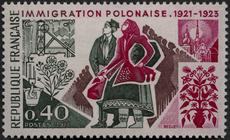
In Poles constituted the second ethnic group in France right after the Italian community
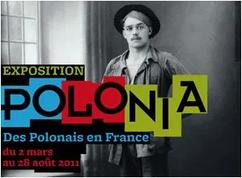
The period of the French Revolution in 1789–1799, and the Napoleonic WarsNordPadeCalais
Relocations were associated with the plunder of property Later, they assumed the nature of carefully planned deportations of entire areas inhabited by the Polish population with the intention of settling the German population in those areas. The number of relocated Poles is estimated to range from 1,689 000 to 1, 709 000 people

Mass deportations of Poles deeper into the USSR or to the west and settling Poles of Ukrainian and Russian nationality in the place of Poles
As a result of the communist rule in Poland and large agitation, many Poles living in France decided to return to their homeland However, former soldiers of the Home Army, National Armed Forces and other organizations repressed by communists migrated from Poland. Today, in Paris alone, between 100,000 and 200,000 Poles live descendants of old migrations.
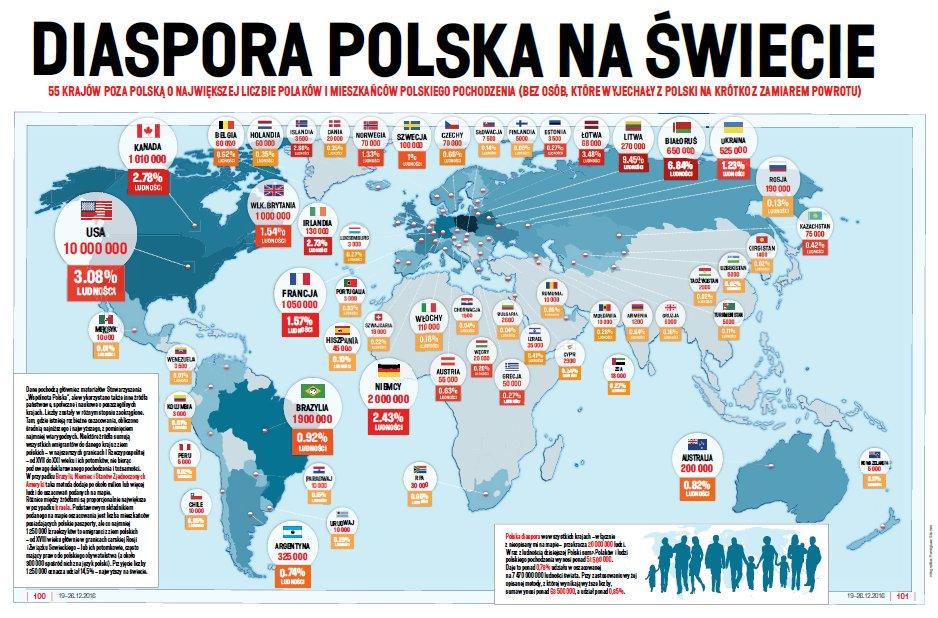
2,000 000 Germany (2,43%)
1,050 000 France (1,47%) 68 000 Latvia (3,41%)
1,000 000 UK (1,54%) 50 000 Greece (0,27%) 650 000 Belarus (6,84%) 525 000 Ukraine (1,23%) 130 000 Ireland (2,73%) 110 000 Lithuania (9,45%) 110 000 Italy (0,18%) 100 000 Sweden (1%)
in this decade there was an increase in economic emigration, then over 1 million citizens traveled abroad, of which 60% to West Germany large groups went to the United States, Canada, Austria, Sweden, France At the time of the imposition of martial law in Poland (1981), approximately 500,000 Poles. After the martial law was ended (1983), the Polish authorities tolerated economic trips in 1986 89 more than 128,000 people emigrated from Poland Among the economic emigrants, women predominated, they were valued abroad, among others as babysitters for children and the elderly
ithe abolition of the visa requirement by Poles by many countries, as well as the inflow of foreign capital and economic growth caused the return of some emigrants. As a result, the negative balance of external migration, amounting to 1986 90, approx 136 thousand people, decreased 1991 95 to approx. 80 thousand; during this period, among almost 118,000 permanently emigrating from Poland, the largest percentage were still people going to Germany (about 80,000), the USA (about 12,600) and Canada (about 7,300).

countries such as Great Britain, Ireland and Sweden have opened their labor market In 2006 labor markets of Spain, Portugal, Greece, Finland and Italy opened for Poles, and then in 2007 the Netherlands and Luxembourg. They were followed by France, Belgium, Denmark, and finally Germany and Austria This fact and the slow opening of labor markets influenced the directions of migration of Poles in Europe.
The Central Statistical Office data from the last three years indicate that the number of Poles living in Great Britain oscillates around 800,000 and over 700,000 in Germany. There are over 100,000 in the Netherlands and Ireland Poles in Norway approx 85 thousand
Although Britain is the most chosen country, Brexit has changed a lot New emigrants are less likely to take this direction into account. Research from 2018 shows that interest in this country has decreased by as much as 13 percentage points. Currently, only 6% of new emigrants indicate Great Britain as the destination country and they are usually people who have family in place.
Germany is still the most attractive country, with 31% of respondents pointing to this country The attractiveness of this direction is certainly influenced by the proximity of the country and the low unemployment rate, which last year was only 3.4% in Germany. It is quite easy to find job offers in this country, also for immigrants
The Netherlands ranks second it is indicated by 15% of the Central Statistical Office (GUS) respondents, invariably for several years, and the Netherlands gained second place among the most popular emigration destinations thanks to the British Brexit.
The following places are: Ireland, Italy, France and Belgium, but they have much less interest
Castle of the Teutonic Order in Malbork was added to the UNESCO list in 1997 This fortified monastery from 13th century was significantly expanded in 1309 when Grand Master’s residence was moved there from Venice Later, it fell into disuse, but it was restored at the turn of XIX and XX centuries This is an excellent example of a medieval bricky castle.
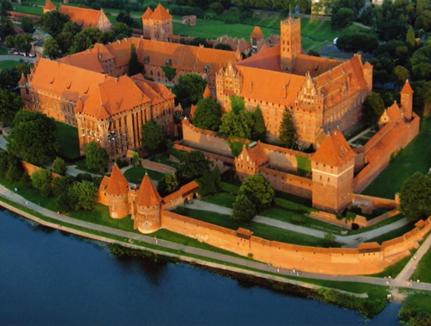

Historic Centre of Cracow was added to the UNESCO list in 1978
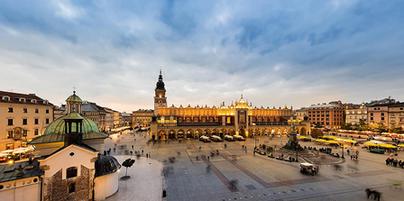

It was one of the first twelve objects added to UNESCO list in the world. The famous Old Town from 13th century contains: Wawel Royal Castle, the biggest square in Europe, many historical terraced houses and well equipped palaces and churches Kazimierz is a medieval district located in the south of the town There is also the Jagiellonian University and Wawel Cathedral
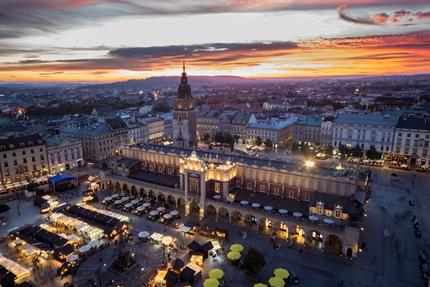
Castle of the Teutonic Order in Malbork was added to the UNESCO list in 1997 This fortified monastery from 13th century was significantly expanded in 1309 when Grand Master’s residence was moved there from Venice. Later, it fell into disuse, but it was restored at the turn of XIX and XX centuries This is an excellent example of a medieval bricky castle


Historic Centre of Cracow was added to the UNESCO list in 1978.


It was one of the first twelve objects added to UNESCO list in the world The famous Old Town from 13th century contains: Wawel Royal Castle, the biggest square in Europe, many historical terraced houses and well equipped palaces and churches Kazimierz is a medieval district located in the south of the town There is also the Jagiellonian University and Wawel Cathedral.

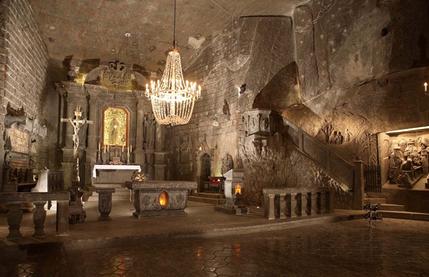
The mines with altars carved in salt in them as well as statues and other works of art have been functioning since the 13th century The Historic Zone of the Mine in Bochnia consists of three shafts: Sutoris (from the mid XIII century), Campi (from the mid XVI century) and Trinitatis (from the beginning of the XX century). The underground chapels were valuable for the spiritual culture of Bochnia miners
Fences, barbed wire, watchtowers, barracks, gallows, gas chambers and crematorium bear witness to the conditions in which the Nazi genocide took place


Historical research has shown that in this camp, which is now a symbol of the cruelty of people towards people in the 20th century, one and a half million people were starved, tortured and murdered, mostly Jews
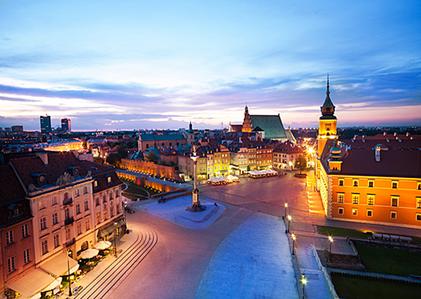
During the Warsaw Uprising in August 1944 over 85% of the Old Town buildings were destroyed by Nazi troops After the war, by the a five year reconstruction work was undertaken carefully renovating churches, palaces and the Old Town Square This is a unique example of the almost complete reconstruction of monuments from the 13th to the 20th century
Centennial Hall in Wrocław was added to the UNESCO list in 2006.
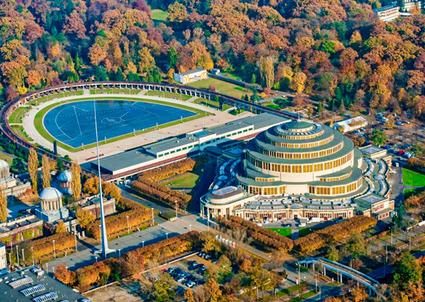
Using iron concrete was a breakthrough in the history of architecture The building was raised up in 1911 1913 by the architect Max Berg on the premises of the Centenary Exhibition as a multifunctional building for recreation
The hall houses a huge cylindrical audience for about 6000 people. The dome, rising to a height of 23 meters, is topped with a steel and glass lantern. The Centennial Hall documents the interpenetration of various influences in the early 1900s
The churches of Peace in Jawor and Świdnica on the UNESCO list since 2001.
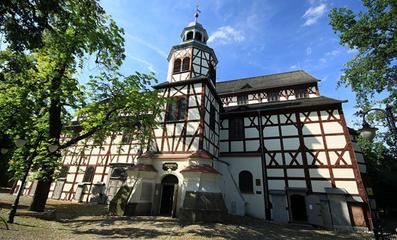
They are the largest skeletal structures in Europe, they were raised up in Silesia in the mid seventeenth century, following the Peace of Westphalia, which regulates religious issues Restricted by political and material conditions, they testify to the search for religious freedom and take the form of expression proper to Catholic churches, though not very common in the Lutheran tradition

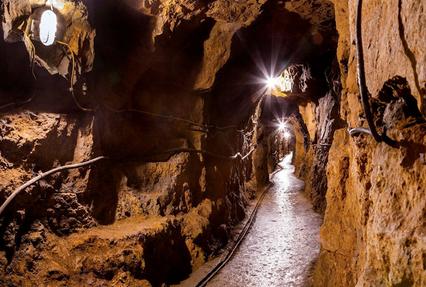
The mine is located in Upper Silesia in one of the main mining areas in Central Europe The facility includes underground mines together with adits, shafts, galleries and a groundwater management system. A steam pumping station has survived on the surface for over 300 years. Thanks to a special system, unnecessary water was used to supply the city with drinking water and for industrial use
They are a unique example of various aspects of the construction traditions of medieval churches in Roman Catholic culture. The framework technique used in their construction has been used in Northern and Eastern Europe since the Middle Ages The Churches were founded by noble families and were a symbol of prestige They are six of such churches located in Binarowa, Blizne, Dębno, Hoczów, Murowana and Sękowa
